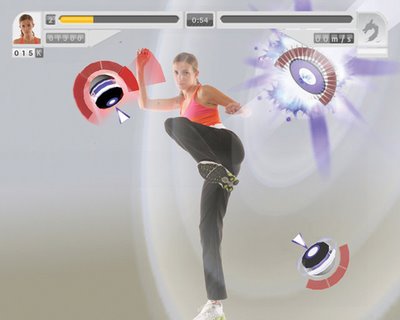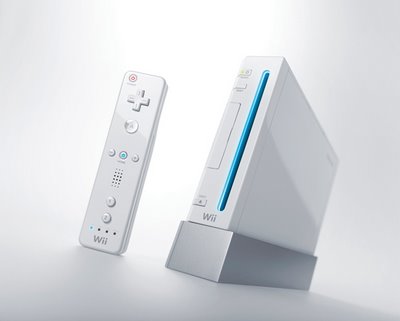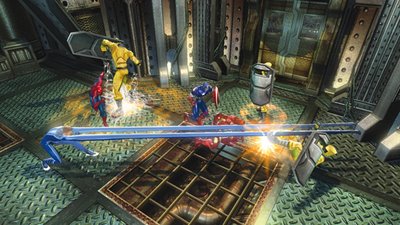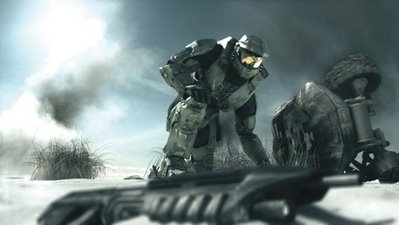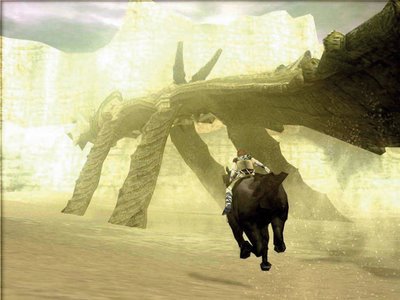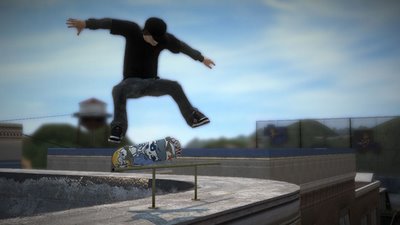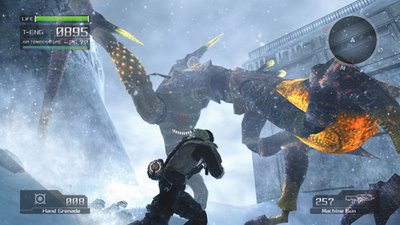
Lost Planet: Extreme Condition
For Xbox 360.
Verdict: Starship Troopers on ice.
Rating: 3½/5
There’s nothing quite like slipping into the comfortable embrace a giant robotic exo-skeleton. If they existed outside of scientific pipe dreams, yours truly would be riding to work on large metal legs like a giant chromed chicken.
Thankfully games give me a chance to experience such commuting fantasies and Jun Takeuchi’s Lost Planet is like eating at a mech buffet, containing just under twenty robotic dishes for the connoisseur and enthusiast alike.
Based on an inhospitable snow covered world, Lost Planet tells the cliched story of Wayne, a young man with amnesia, dazed and confused in a world of Snow Pirates and giant alien insectoids known as the ‘Akrid’. Luckily he’s a dab hand at shooting and agrees to help exterminate the Akrid to harness the tasty thermal energy contained within their bodies.
The thermal energy is also Lost Planet’s unique hook - carrying a gizmo that keeps the cold at bay, Wayne needs to constantly fill it with energy. Energy that is so handily dispensed by the slain corpse of any foe. On paper what this creates is a driving force to keep you moving - stand still and you freeze, keep killing and you live.
Unfortunately the relative ease of each level means thermal energy remains in constant supply, only ever running low when you meet the massive bosses. And what bosses you shall meet.
Containing some of the most impressive boss battles seen, Lost Planet uses the 360’s grunt to render such monstrosities as giant Dune like Snow Worms that are so big there’s an option to just run away.
Killing big bugs is great fun but against Snow Pirates the AI lets down, seemingly using the same dumb insect brains as the Akrid and presenting even less challenge.
Against real people is a different matter though as online games help Lost Planet shine where it falters offline. Data Posts encourage strategy and the grappling hook comes into its own with huge maps designed around its vertical scaling abilities.
Ultimately, Lost Planet is a solid shooter full of spectacle that is let down by a muddled plot, poor AI and quirky controls.
Much like my morning stroll to work.
